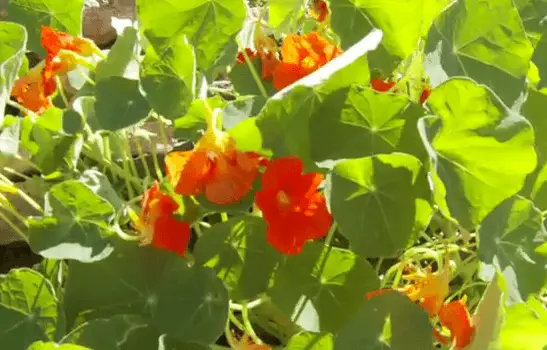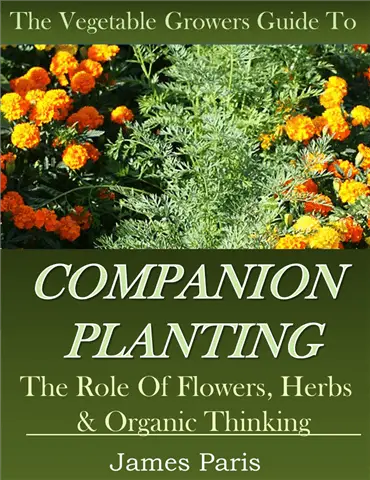What Is Companion Planting?

You may well ask this question, especially if you are keen on growing your vegetables or fruit, without the help of chemical insecticides or fertilizers. In fact a good knowledge of Companion Planting is essential if you are an Organic grower – or just someone who is interested in trying to save our environment from the pollution it is being subjected to daily.
Companion planting is the practice of growing plants together for mutual benefit, usually to attract beneficial insects, protect from enemies, or enrich the soil.
Plants That Grow Well Together:
One of the essentials of companion planting, is a knowledge of which plants grow well together – and which do not! Here is just a sample from my latest eBook – Companion Planting: The Vegetable Gardeners Guide.
Here is a list of companion plants that grow well together, with a brief explanation of just why this is the case. Although this list is not by any means an exhaustive list in itself; it only takes a little imagination to bring different species together, when you have the most basic gardening skills; and the knowledge that is contained in these notes to guide you.
Asparagus:
Best companions include: Tomato, parsley and Basil; and French marigold planted alongside will deter beetles. If on its own or just with Tomato plants, then Comfrey can be planted around as a good source of nitrogen for both plants.
Beans:
Companions include; Beetroot, cabbage, celery, carrot, cucumber, corn, squash, pea’s, potatoes, radish, strawberry.
Beans produce (draw from the air) nitrogen, that is beneficial to the other plants
Nasturtium and rosemary can deter bean Beatles, while Marigolds can deter Mexican bean Beatles.
Cabbage Family:
Companions include; cucumber, lettuce, potato, onion, spinach, celery.
Chamomile and garlic can be grown to improve growth and flavor.
Marigolds and Nasturtium can be grown alongside to act as decoy for butterfly’s and aphid pests. While mint, rosemary and sage will also deter cabbage moth and ants – as well as improve flavor.
Carrots:
Good companions include, beans, peas, onions, lettuce, tomato, radish.
Including chives in the area will improve flavour and growth, while onions or leeks will distract the carrot fly by masking the scent of the carrots; as will sage or rosemary.
Celery:
Bean, tomato and cabbage family make good companions for celery.
Nasturtium, chives and garlic deters aphids and other bugs.
Corn:
Good companions are Potato, pumpkin, squash, tomato and cucumber.
French marigold deters beetles and attracts aphids from tomatoes.
Plants That Do Not Grow Well Together:
Just as important as this list, is a list of plants that will do more harm than good if you should plant them in close proximity to one another. Here is just a brief look at what THE BOOK says…
There are a few reasons why some plants should not be grown alongside others if you are considering the organic method of growing your vegetables.
I mention particularly organic, because the general idea behind companion planting is to avoid the use of chemical pesticides and fertilizers whenever possible.
Some plants should not be grown together simply because they both attract the same pests or other predators, others because they make the same demands on the soil, leading to them both producing a poor harvest. Some plants grown close together may produce a damp environment that leads to fungal or other infection.
Here are some plants to avoid if possible when considering a companion for your veggies.
Beans:
Should not be grown in the same vicinity of garlic, shallot or onions, as they tend to stunt the growth of the beans.
Beets:
Should not be grown along with pole beans, as they stunt each other’s growth.
Cabbage
Is generally thought not to do well near tomatoes, mainly because the tomato plant can shade the cabbage. Avoid planting near radishes, as they do not grow well together.
Carrots:
Avoid planting near dill as this can stunt growth. Dill and carrots both belong in the Umbelliferae family, and if allowed to flower it will cross-pollinate with the carrots.
This is of course just a snippet of the information that is available in this kindle ebook – You can get ‘The Full Monty’ on the link below.


